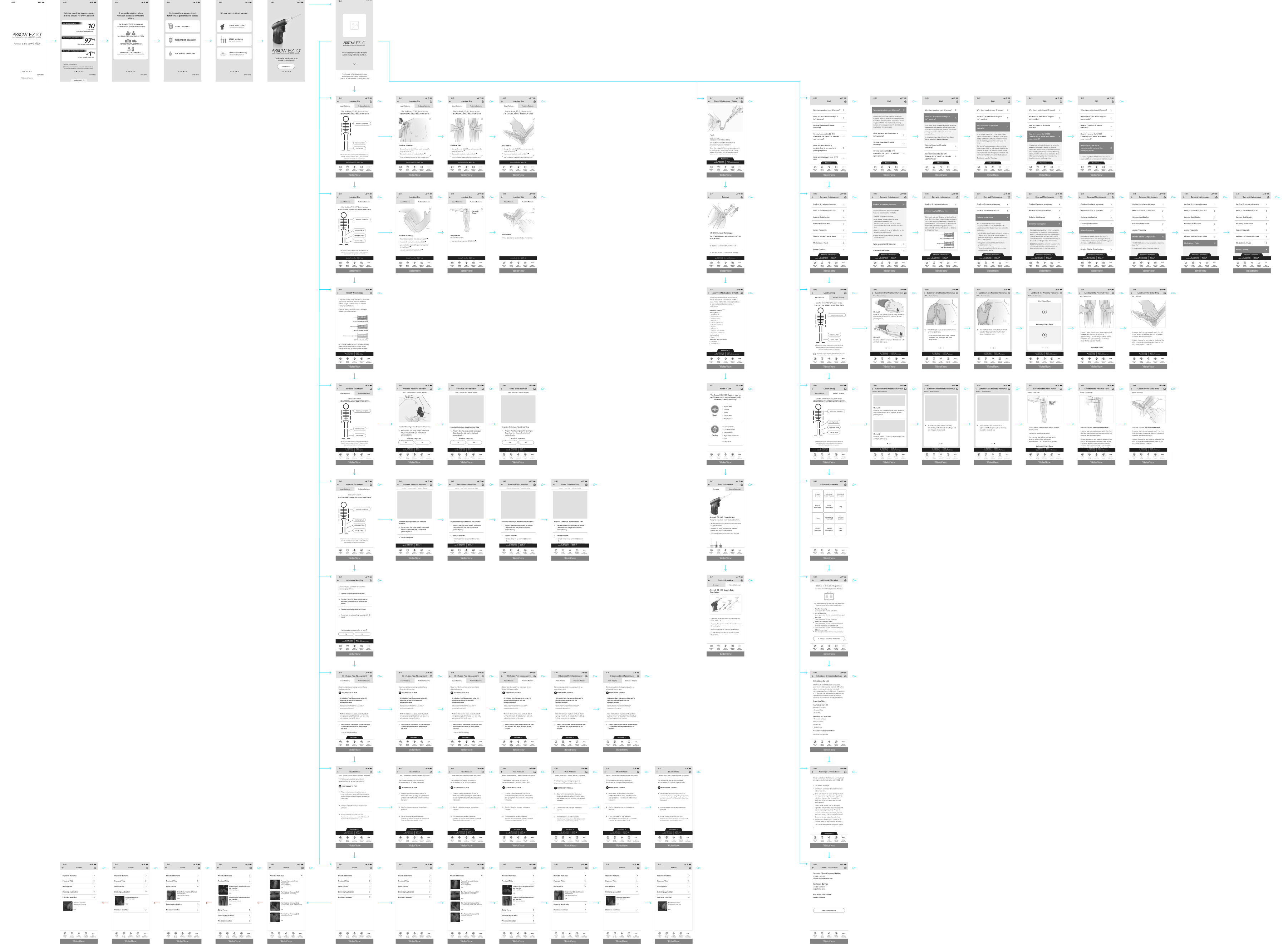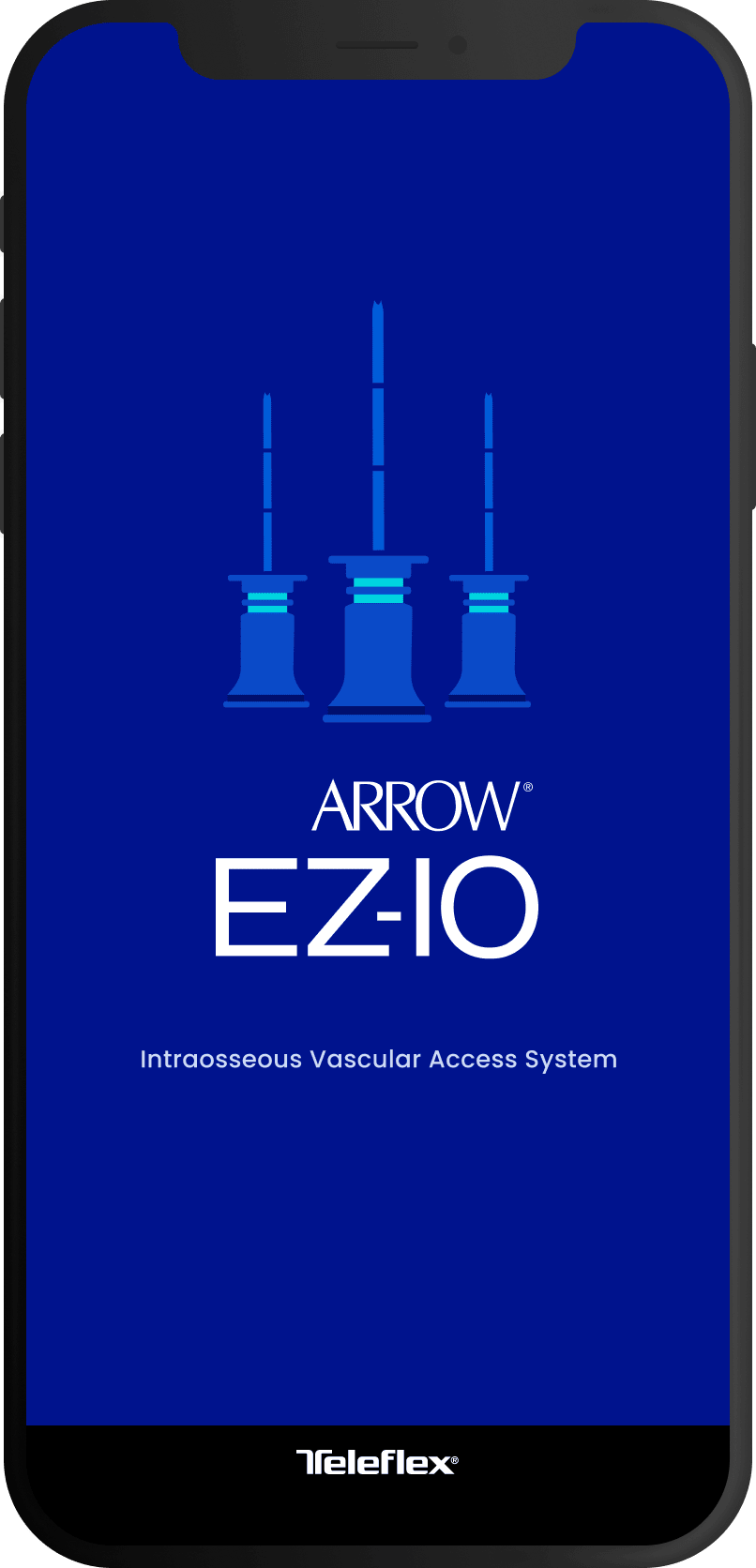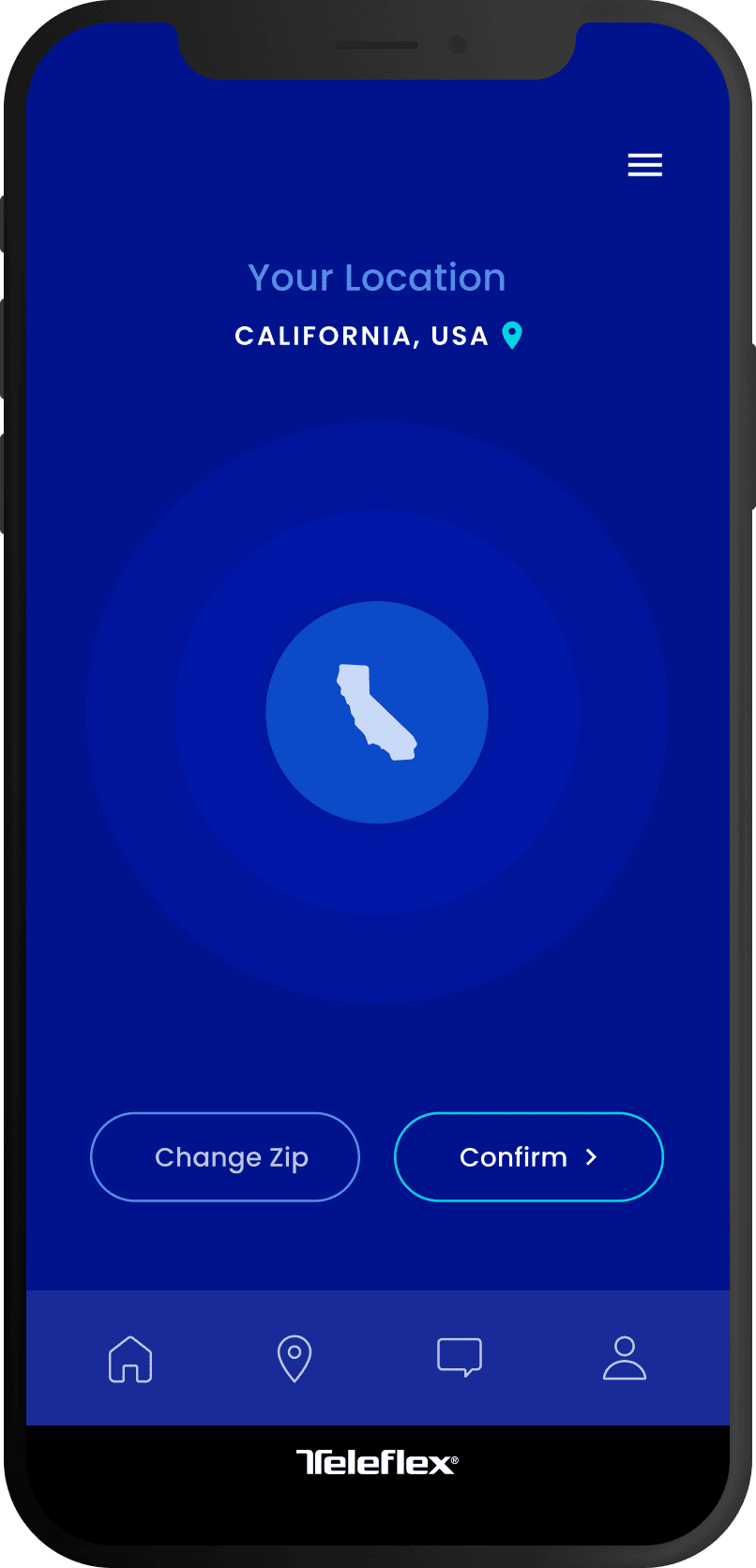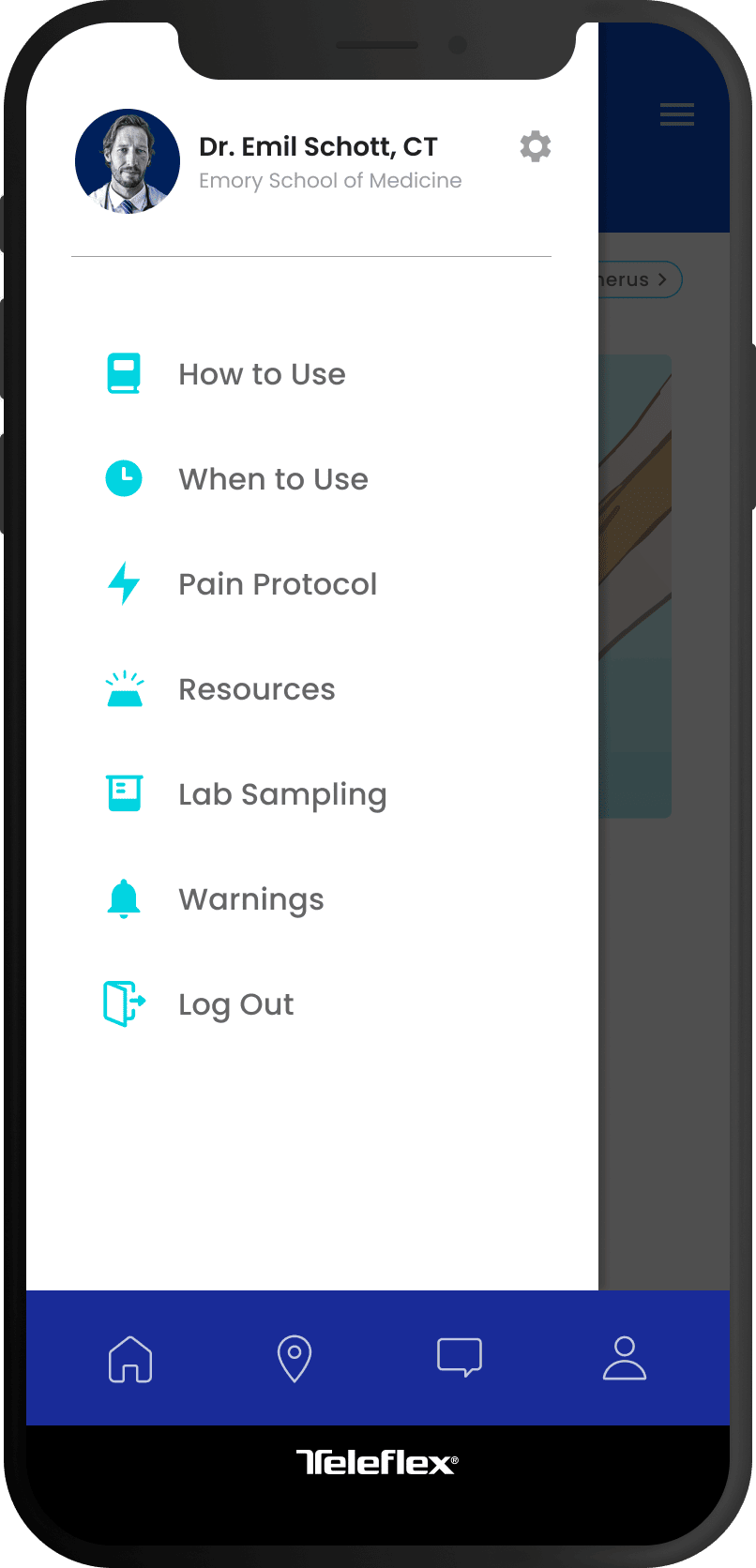Overview
Teleflex, a leader in medical devices, needed a new way to showcase their flagship EZ-IO Intraosseous Vascular Access System during a major launch event. Rather than relying on printed literature and manual briefings, they wanted a digital experience—accessible both at the symposium and afterward by medical professionals and sales representatives alike.
Challenge
The core challenge was to combine two very different content goals: conveying procedural, life-critical instructions (e.g. insertion techniques, contraindications) and delivering product marketing, FAQs, ordering details, all within one intuitive mobile experience. The audience includes both adults and pediatric care users, requiring variations in content depending on patient classification—while still preserving clarity, reliability, and trust under pressure.
Client
Teleflex
My Role
Information Architecture
Process Flows
Wireframing
UX Design
UI Design
Applications
Pencil & Paper
Figma
Illustrator
Photoshop
Project Initiation
Understanding the needs of the client, several iterative concepts were quickly outlined and presented. Ultimately, a mobile-friendly app emerged as the most effective solution to introduce the product to the public, but to also serve as reference for medical professionals who would use the system in the future, including those in emergency situations, such as mobile EMTs.
Plotting the experience
The architecture balanced a blend of non-vital information, such as the product overview, faqs, ordering info, et cetera, and more vital procedural information, such as insertion/removal techniques, fluids and medications approved for product use, indications/contraindications, video tutorials, etc.
Approach & Process
I began by sketching multiple information architectures and quickly validating them with the client. A mobile app proved the best solution for accessibility and on-the-go use. The content was divided into two clear tiers: procedural instructions and supporting product information, each with dedicated navigation and visual hierarchy.
To simplify use across adult and pediatric contexts, I designed a mode-selection step at launch, guiding users into context-specific flows. Wireframes and prototypes showed how each path adapted while maintaining shared navigation and visual consistency. The result was a flexible design system that could present procedural steps, videos, and product details with equal clarity and reliability.

The classification of the system varies between two types of patients, adult and pediatric. These two patient types required a careful separation of differing content within several shared categories. For example, both adult and pediatric patient could recieve a needle insertion into the proximal humerus, but the techniques were vastly different. This led to the design of a modal approach to the situation based on the user first selecting the patient classification, then which insertion site they had access to.
The following is a medium-fidelity wireframe prototype for the Teleflex EZ-IO Vascular Access System mobile application as detailed above.
Outcome and Impact
The delivered app concept gave Teleflex a polished, interactive reference tool to accompany the product launch. Rather than relying on bulky printed materials, presenters and clinicians could use the app to demonstrate, explore, and reference instructional and marketing data in real time. The modular system supports future content extension—clinical updates, new insertion techniques, or enhanced media assets—without needing a full redesign.
Retrospection
Working on EZ-IO reinforced how critical clarity is when lives are involved: every decision must help reduce ambiguity, not add to it. The design challenge was not just visual polish, but balancing trust, accessibility, and technical complexity in a way that feels seamless to a user in urgency. In the future, I’d further validate procedural flows via simulation testing and explore richer feedback cues (e.g. haptics or microanimations) to reinforce confidence during critical steps.




